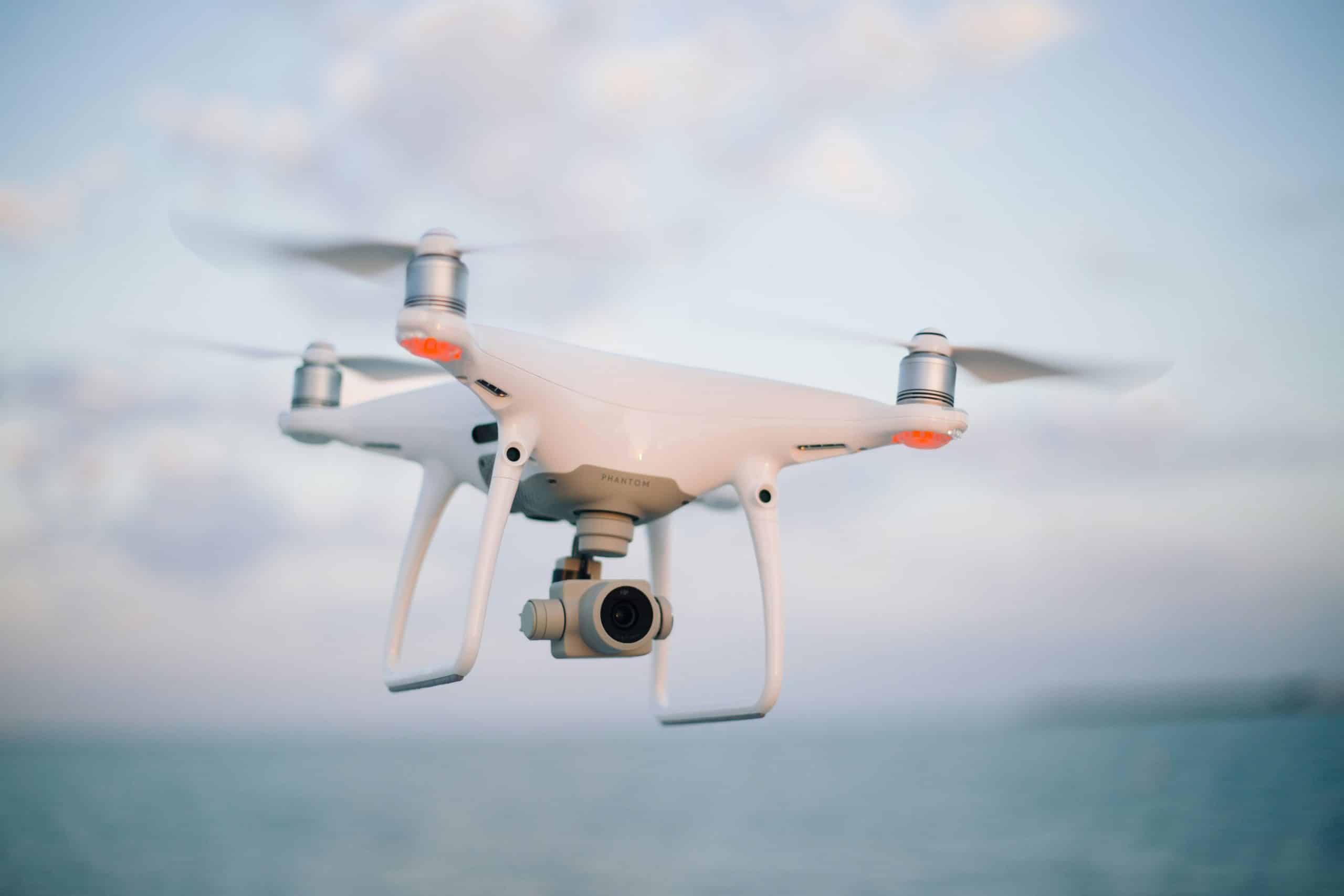How can drones be used in disaster response and recovery?

In a world where natural disasters seem to be occurring with increasing frequency and impact, the integration of advanced technology into emergency response and disaster management is more critical than ever. Among the most promising and transformative technologies is the use of drones—unmanned aerial vehicles (UAVs)—which have revolutionized how we approach disaster situations. From search and rescue operations to assessing infrastructure damage, drones offer a unique vantage point that can significantly enhance the effectiveness of emergency management. Let’s delve into the multifaceted roles that drones play in disaster response and recovery, and how they are not only changing the landscape of emergency services but also saving lives.
Enhancing situational awareness with drone technology
Situational awareness is paramount during any disaster. It involves understanding the current conditions, predicting potential changes, and making informed decisions. Drones equipped with cameras and sensors can provide high-resolution aerial views and gather critical data in real-time, which is essential for situational awareness.
A lire aussi : Which necklaces to choose according to your dress?
When disasters strike, the first few hours are the most critical. Emergency services need to assess the situation quickly to determine the magnitude of the event and the appropriate response. Drones can be deployed immediately to provide a comprehensive view of the affected area, which is invaluable when the access to certain locations is hindered by debris or flooding. These aerial perspectives are not only useful for emergency response teams but also help in informing the public about the areas to avoid and the safe zones to head towards.
With advanced imaging technologies like thermal imaging, drones can detect heat signatures, which is crucial in search and rescue operations, especially in challenging environments. They allow rescuers to locate survivors trapped under rubble or in hard-to-reach places without risking additional lives. In addition, drones can be used to conduct structural analyses of damaged buildings, bridges, or other critical infrastructure, helping to prevent further casualties by identifying unsafe areas before sending in rescue teams.
Dans le meme genre : Cultivating creativity: techniques to boost innovation
Drone-assisted search and rescue operations
Search and rescue (SAR) operations are one of the most vital aspects of disaster relief. Drones equipped with specialized sensors can drastically cut down the time it takes to locate survivors. These search rescue drones can maneuver through debris, enter tight spaces, and fly at night, which significantly extends the capabilities of SAR teams.
In the aftermath of a disaster, emergency management officials must make the most of the "golden hour," the window of time where finding and assisting survivors is most crucial. Drones can cover large swaths of terrain much faster than ground crews, particularly in rugged or inaccessible areas. Moreover, UAVs equipped with loudspeakers can communicate with survivors, providing them with instructions or comfort until ground teams arrive.
During SAR operations, drones not only help in locating individuals but also play an essential role in delivering supplies. For victims who are stranded or in remote locations, drones can carry food, water, medicine, and other necessities, ensuring their survival until they can be evacuated.
Streamlining disaster management and recovery
Efficient disaster management involves meticulous planning and coordination. Drones offer an edge by providing detailed data that can be used to create accurate maps and 3D models of disaster zones. This information is vital for planning recovery efforts and resource allocation.
In the recovery phase, drones can provide ongoing surveillance, which helps in monitoring the progression of recovery efforts. They can be used to inspect and document the damage to infrastructure such as roads, bridges, and power lines, facilitating a quicker response from repair crews. Furthermore, through consistent data collection, drones help in assessing the effectiveness of the recovery strategies implemented and identifying areas that require additional resources or attention.
Drones can also play a significant role in environmental monitoring post-disaster. They can be used to track changes in terrain, monitor for potential secondary disasters like landslides or flooding, and even assist in wildlife rescue efforts by locating and tracking displaced animals.
Drones in public safety and emergency services
When it comes to public safety, drones are a game-changer. Response drones are increasingly becoming a staple in the toolkit of first responders. Police, fire departments, and other emergency services can utilize drones to gain perspectives that were previously unavailable or required the use of expensive and less accessible helicopter services.
For fire departments, drones provide an aerial view of fires, helping to assess the spread and direct firefighting efforts more effectively. In police operations, drones can be used for crowd monitoring, crime scene analysis, and even in chasing suspects. As for medical emergencies, drones equipped with defibrillators or other medical supplies can reach patients faster than ambulances in some cases, potentially saving lives.
The integration of drones into public safety operations not only enhances the effectiveness of these services but also ensures the safety of personnel. Drones can enter hazardous environments, provide reconnaissance, and even carry out tasks that would otherwise put human lives at risk.
Advancing disaster relief with innovative drone operations
As disaster relief efforts evolve, so does drone technology. The future of disaster relief drones lies in their increasing autonomy, improved data processing capabilities, and integration with other technologies. Autonomous drones can be programmed to scan large areas independently, identify needs, and even deliver supplies without human intervention.
Moreover, as artificial intelligence and machine learning continue to advance, drones will become even better at interpreting the data they collect, providing more accurate and actionable insights to disaster relief teams. The combination of drones with other emerging technologies, such as augmented reality and the Internet of Things (IoT), is set to further enhance the capabilities of disaster response.
In conclusion, drones have become an indispensable tool in disaster response and recovery. Their ability to provide rapid, high-resolution data, assist in search and rescue operations, and enhance the overall safety and efficiency of emergency management is unmatched. As drone technology continues to evolve, we can expect even more innovative applications that will further revolutionize how we approach disasters and emergencies, ultimately saving more lives and mitigating the impact of these catastrophic events. Whether you’re a disaster management professional, a first responder, or simply a member of the public, it’s clear that drones are not just the future—they are the present of emergency response.
